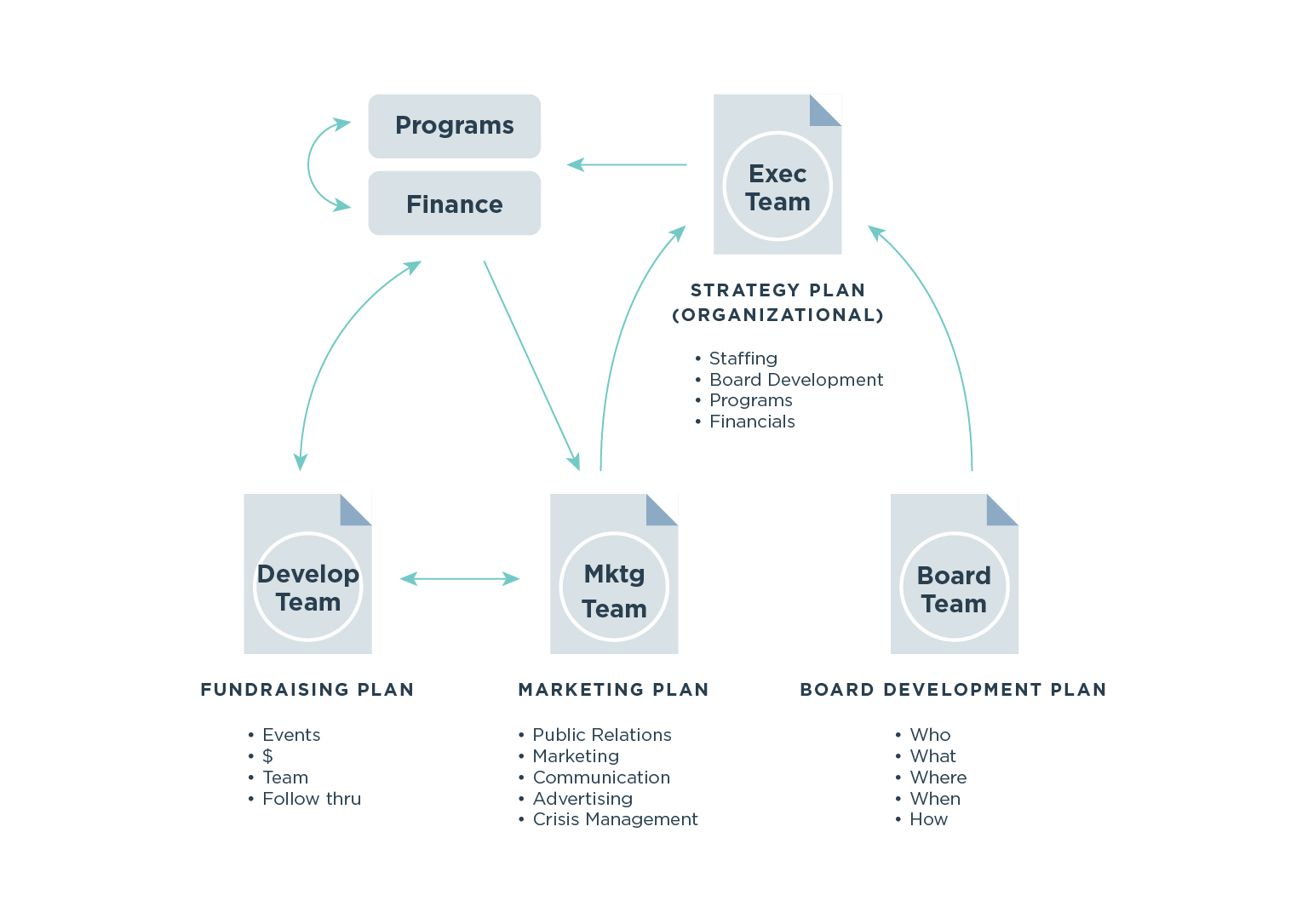- Miscellaneous

It’s the end of the year; traditionally, by now, most companies have their budgets set for the coming year, a process that usually begins in August. Departments are expected to review their spend-to-date against what was approved and present any plans that change the set spend for review—routine stuff.
Since the global pandemic, however, business has been something other than usual, including the budget planning process. From where I sit, budgeting has become more fluid and restrictive—fluid in that the process has shifted or extended over a longer period than in the past, restrictive in the sense that companies aren’t allocating as much spending to marketing as in years past. The situation has become, for lack of a better word, dynamic.
When What Matters More Than When
This week, I will meet with a non-profit organization to help them begin working on a strategic plan with additional marketing, board development, and fundraising plans. While earlier would have been “better” to get the work done, now is the time they have available to do the job. And now is “better” than not. Having a plan is almost always better than acting impulsively or tactically. I think some fellow named Sun Tzu mentioned this a couple of centuries ago.
A bit of a tangent here: tactics are the individual tasks needed to achieve a strategy or a plan to meet organizational goals. Asana has an excellent article on this topic. We’re talking about how building a marketing plan, in general, is more important than not having a marketing plan.
Back to Sun Tzu and strategy. Any organization has goals, no matter the form your organization takes. These goals typically serve the needs of the organization as a whole. A marketing plan maps out specific tactics, timelines, and budgets to enable the organization to reach those goals via marketing. If, at this point, you’re asking yourself, “What is marketing?” head over to this blog post. When I explained how a marketing plan fits into the overall structure of organizational planning, I drew up a little diagram.

The head of the beast (so to speak) is the Strategic Plan. This organizational plan addresses goals, staffing, board development (if needed), programs, financials, and more. Under the Strategic Plan are a Development or Financial Plan, a Board Development Plan (if needed), a Sales Plan, and a Marketing Plan. Each plan addresses both its area of execution and the overall organization. In other words, these plans work with each other: the budget, the Strategic Plan, and the programs, products, and services the organization offers.
So, what happens when one or more of those plans aren’t in place? Often, the result is something short of chaos. Organizations can still operate, but the operations will not be optimal, will not be addressing goals, and outcomes will be challenging to measure.
I’m offering, of course, one example of a process that we’re helping facilitate with one client. But the principles remain essentially the same in almost any situation.
Where I Start to Thread the Needle
Strategic Plans are often in place over a several-year period. So, most likely, there’s one in place for your organization. Likewise, many other departmental plans (and budgets) are subject to yearly review and revision. However, the Marketing Plan is unique in how it touches so many different departments or plans. It maps out the digital marketing efforts of the organization, the public relations efforts, what website updates are needed, what brochures should be accounted for, and so forth. It’s, therefore, better to be completed and accurate than submitted by a specific date.
Do you need a marketing plan? There’s no better time than now to get it done! Leave us a note on our contact form, and we’ll reach out shortly to help you develop your plan.
SHARE IT!
-
Miscellaneous
Unveiling the Power of Marketing Awards: How Recognition Transforms Client Success Stories!
-
Culture
Tools of the Trade




